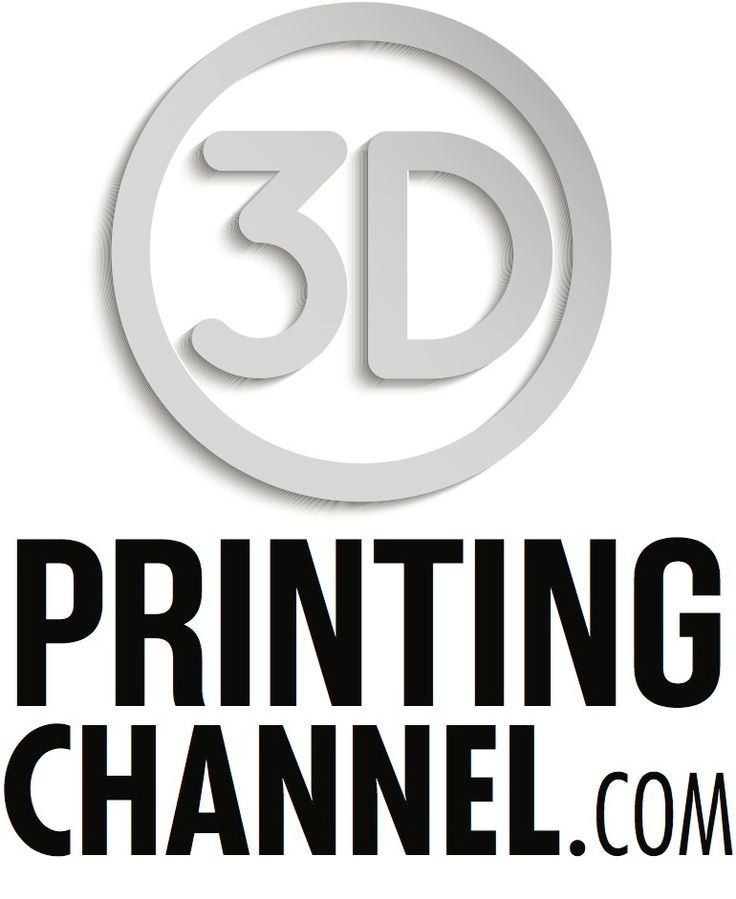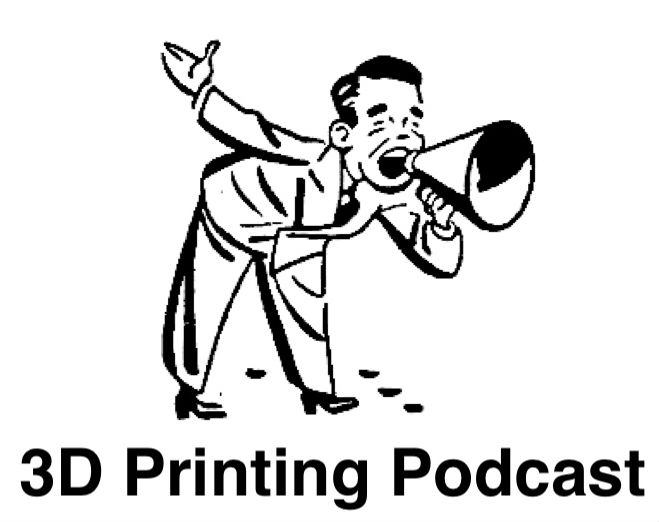The 3D Printing Industry – 3D Printing Meets Blockchain: Tokenizing the Future of Manufacturing
The 3D Printing Industry : Where We Are, Where We’re Headed, and Why It Matters
Once dismissed as a niche hobby for makers and engineers, 3D printing (additive manufacturing) has matured into a global industry with billion-dollar potential across healthcare, aerospace, defense, construction, consumer goods, and even food. In 2025, the conversation around 3D printing is no longer “if” it will reshape industries, but “how fast” it will scale.
Where the Industry Stands Today
-
Market Size: The 3D printing market is valued at $22–25 billion in 2025, with analysts projecting growth to $100+ billion by 2032. Growth is fueled by industrial adoption, cheaper hardware, and broader material availability.
-
Hardware Evolution: Printers range from desktop resin machines under $500 to industrial metal printers costing millions. Key players like Stratasys, 3D Systems, HP, Formlabs, and EOS continue to dominate, but startups are entering with niche applications (bioprinting, nano-printing, construction).
-
Materials Boom: Beyond plastics, there’s a surge in metal powders, ceramics, biopolymers, composites, and even living cells. Each new material unlocks entire industries: titanium for aerospace, biopolymers for medicine, concrete for housing.
-
Software & AI: CAD (computer-aided design) tools are now integrated with AI and generative design, allowing engineers to create parts optimized for strength, weight, and cost.
Market Potential
-
Healthcare & Bioprinting: Custom prosthetics, dental aligners, surgical implants, and experimental bioprinted organs put healthcare at the forefront. The medical 3D printing market alone could hit $15B by 2030.
-
Aerospace & Defense: Lightweight, complex metal components reduce fuel consumption and speed up prototyping. NASA, SpaceX, and defense contractors are investing heavily.
-
Construction: Entire homes and office buildings are now printed on-site using giant robotic printers. This could redefine affordable housing and disaster relief, particularly in emerging markets.
-
Consumer Goods: Footwear brands (Adidas, Nike), eyewear, and even luxury fashion are tapping into customized, on-demand manufacturing.
-
Food Printing: Still experimental, but growing—3D-printed meat alternatives, chocolates, and pizzas are attracting both curiosity and investment.
Key Questions Facing the Industry
1. Can Costs Come Down?
While printers are cheaper than a decade ago, industrial metal printing remains expensive. Large-scale adoption will depend on lowering hardware and material costs.
2. Regulation & Standards?
Especially in healthcare and aerospace, certification is crucial. How do you regulate a bioprinted kidney or a 3D-printed airplane turbine?
3. Supply Chain Transformation?
3D printing decentralizes production. Will factories shift from centralized mega-plants to smaller, distributed micro-factories closer to consumers?
4. Sustainability: Savior or Greenwashing?
3D printing reduces waste compared to subtractive manufacturing. But energy use, especially in metal printing, is high. The industry must balance eco-claims with reality.
5. Who Will Lead?
Will established giants (Stratasys, HP, GE) dominate, or will nimble startups with specialized tech (bioprinting, construction) capture the fastest growth?
The Big Picture
3D printing is not replacing traditional manufacturing wholesale—it’s complementing it. For mass-produced, low-cost items, injection molding still rules. But for customized, complex, or low-volume parts, 3D printing is unbeatable. The industry sits at the intersection of technology, medicine, sustainability, and supply chain resilience, and its impact will only deepen as the technology matures.
✅ Bottom Line: In 2025, 3D printing is no longer just futuristic—it’s here. The winners will be the companies (and investors) that understand its strengths, navigate its limitations, and align with the industries where adoption is fastest.
3D Printing Meets Blockchain: Tokenizing the Future of Manufacturing
In Part 1, we looked at the explosive growth of the 3D printing industry. But the next wave of disruption isn’t just about building better printers or new materials—it’s about integrating blockchain technology and tokenization into the 3D printing ecosystem. Together, they could unlock entirely new ways of creating, owning, and trading digital and physical goods.
Why Blockchain and 3D Printing Are a Natural Fit
At its core, 3D printing is digital manufacturing. Every object begins as a CAD file that can be shared, copied, or sold. Blockchain introduces a layer of trust, ownership, and traceability to this process. Instead of files being easily pirated or modified without credit, blockchain can:
-
Prove file ownership via NFTs (non-fungible tokens)
-
Enable royalties for creators when files are printed
-
Track authenticity of 3D-printed parts across industries like aerospace and medical devices
-
Secure supply chains by recording every transaction and movement of parts on-chain
Tokenization Use Cases
1. Digital File Marketplaces
Designers can tokenize their CAD files as NFTs, selling them on decentralized marketplaces. Each print could trigger a royalty payment back to the designer—protecting intellectual property in a way not possible today.
2. Fractional Ownership of Printers
Expensive industrial printers could be tokenized. Investors worldwide could own fractional shares, earning income whenever the printer is used in a manufacturing hub. This turns high-end 3D printers into yield-generating digital assets.
3. Supply Chain Verification
Every 3D-printed aerospace or medical component could be logged on-chain, with immutable records of the design file, materials, and production process. This ensures parts are authentic, safe, and compliant with regulations.
4. Loyalty & Rewards Programs
Imagine a 3D Printing Coin (3DPC) where manufacturers and customers earn tokens for participating in networks of printers. Tokens could be redeemed for discounted printing, materials, or exclusive designs—building community-driven ecosystems.
5. On-Demand Manufacturing Hubs
Blockchain-based smart contracts could automatically trigger production orders at the nearest certified 3D printing hub, reducing costs and carbon footprint while rewarding node operators in tokens.
Real-World Projects & Momentum
-
Filecoin & IPFS: Decentralized file storage solutions already being used to host and secure 3D models.
-
Siacoin & Arweave: Exploring long-term file archiving for industrial design IP.
-
Tokenized Marketplaces: Startups are testing NFT-based file exchanges where royalties are embedded directly in the contract.
-
3D Printing Coin (3DPC) and other niche tokens are emerging to tie communities of designers, engineers, and manufacturers into cohesive networks.
The Challenges
-
Adoption Curve: Engineers and manufacturers must get comfortable with blockchain tech.
-
Regulation: Tokenized IP raises questions about copyright, patents, and licensing.
-
Scalability: Can blockchains handle the massive transaction volume of global supply chains?
-
Security: Protecting design files from piracy even after they’re tokenized remains a challenge.
The Bigger Vision
When combined, 3D printing + blockchain could give rise to fully decentralized manufacturing economies:
-
Anyone can design.
-
Anyone can own fractional printers.
-
Anyone can order parts globally with automated, on-chain payments.
-
Communities—not just corporations—control production networks.
This convergence could be as transformative as the rise of the internet itself. Just as the internet democratized information, blockchain and 3D printing together may democratize production itself.
✅ Bottom Line (Part 2): Blockchain doesn’t just secure the 3D printing ecosystem—it monetizes it. By tokenizing files, printers, and supply chains, the industry could shift from centralized manufacturing giants to distributed, token-powered networks where ownership, income, and creativity are shared globally.
Categories
Recent Posts
- The DAO of Design: Community-Owned Innovation in the 3D Printing Space
- 3D Printing + AI: Smart Design, Optimization & Automated Repairs
- Investing in Bioprinting: Startups, Stocks, and Tokens to Watch
- The 3D Printing Industry – 3D Printing Meets Blockchain: Tokenizing the Future of Manufacturing
- Robots, Printers, and Tokens: The Rise of Crypto-Powered Manufacturing
Recent Comments
- 3D Printing Start Up Incubator Questions | International toolkit on Slide Show Presentation About Questions Start Ups and Entrepreneurs Need to Ask Before Starting 3D Printing Businesses
- 3D Printing Start Up Incubator Questions | 3D Printing Ad Agency on Slide Show Presentation About Questions Start Ups and Entrepreneurs Need to Ask Before Starting 3D Printing Businesses
- 3D Printing Start Up Incubator Questions | 3D Printing Blog on Slide Show Presentation About Questions Start Ups and Entrepreneurs Need to Ask Before Starting 3D Printing Businesses
- 3D Printing Start Up Incubator Questions | 3D Printing PR Firm on Slide Show Presentation About Questions Start Ups and Entrepreneurs Need to Ask Before Starting 3D Printing Businesses
- 3D Printing Start Up Incubator Questions | 3D Printing Bank on Slide Show Presentation About Questions Start Ups and Entrepreneurs Need to Ask Before Starting 3D Printing Businesses










